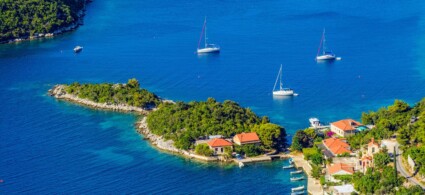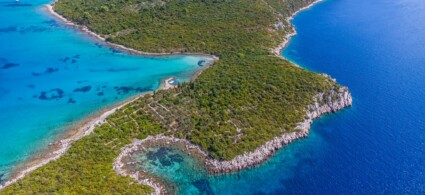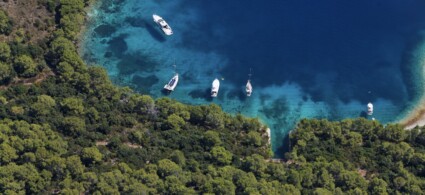

Due to its very particular shape, the Croatian state appears to consist of three separate entities: Dalmatia, Istria and the inland regions (Central Croatia and Slavonia).
Of these, Dalmatia is undoubtedly the queen of tourism, visited every year by an impressive number of national and international tourists.
A beautiful and vast region facing the sea and protected by dramatically beautiful mountain ranges, Dalmatia can boast over 1500 kilometres of coastline, hundreds of islands and the enviable record of most days of sunshine per year.
The clean sea and the numerous beaches, coves and inlets along the Dalmatian coastline are the main tourist attraction of the region, but there are also important cultural, historical and scenic attractions.
The Dalmatian coastline is home to some of the country’s major cities and many UNESCO World Heritage sites. The three historical pearls are, of course, Zadar, Split and Dubrovnik: three cities rich in history and charm that deserve to be included in any on-the-road itinerary in Croatia.
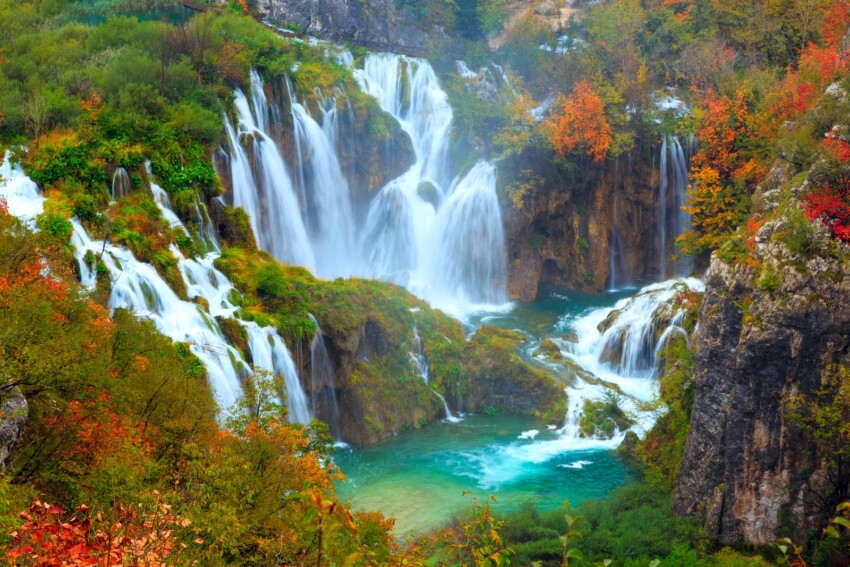
National parks, ancient towns, beaches, islands and traditional products – Northern Dalmatia really does have all the ingredients for a memorable holiday.
Zadar, a city with a centuries-old history, has given itself a makeover in recent years with two ingenious installations that have won prestigious international awards and become popular attractions: the Sea Organ and the Sun Salutation.
Leaving the main administrative and commercial centre of the region, visit its natural beauty. Plitvice Park, with its riot of lakes and waterfalls, is one of Croatia’s most popular tourist attractions, but no less beautiful are the other national parks in northern Dalmatia, Paklenica and Krka.
If you are a young person looking for fun and adventure, the perfect destination for you is the party beach of Zrće on the barren, lunar island of Pag, which is great to visit even if you don’t like the hustle and bustle. In the latter case, you only need to choose one of the many small beaches and coves snubbed by the ravers.
Not to be missed during a visit to northern Dalmatia:
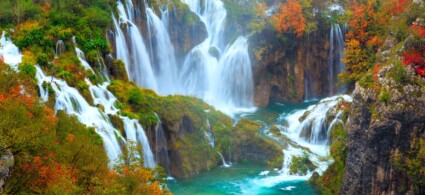


Central Dalmatia is home to one of Croatia’s most famous monuments: the splendid Diocletian’s Palace in Split, one of the finest examples of Roman architecture. Built of fine white stone, it is a small city within a city that originally served the dual function of fortress and imperial residence.
You can spend hours exploring the labyrinthine maze of palace streets and taking dozens of photos of the panoramic views with the sea in the background.
From Split you can then easily reach two of Croatia’s most famous islands, the island of Brac and the island of Hvar.
Their fame is certainly not undeserved: on the former is what is considered one of the most beautiful beaches in Croatia, Zlatni Rat, while the exclusive Hvar offers a wide variety of chic clubs but also villages and coves perfect for those who want to be away from the crowds.
Not to be missed during a visit to Split and the surrounding area:

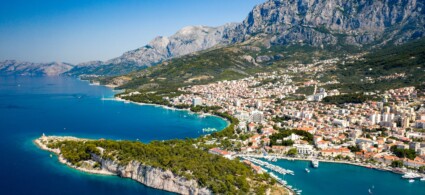

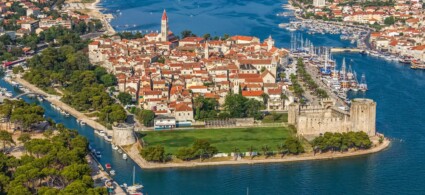
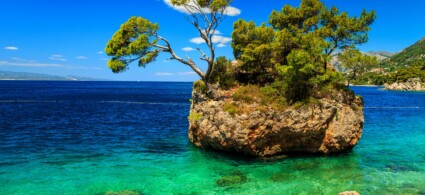
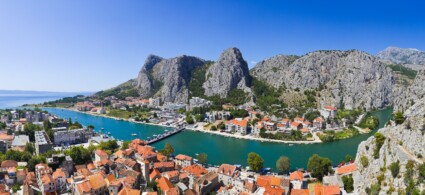
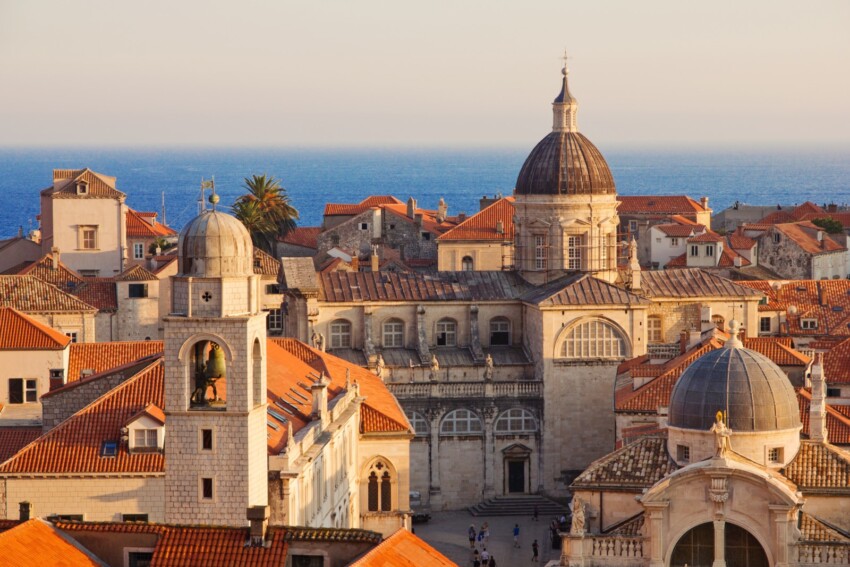
Dubrovnik is rightly called ‘the Pearl of the Adriatic’. One cannot fail to be enchanted by its elegant beauty and the splendid colour palette represented by the pastel of the rooftops, the white of the buildings and the deep blue of the sea. Its mighty walls provide a fascinating walking route from which to admire the old city centre.
The long, narrow island of Korcula is the natural wonder of southern Dalmatia, with a landscape dominated by dense forests in which, however, expanses of vineyards and olive groves also find ample space.
Apart from these two major attractions, Southern Dalmatia attracts fewer tourists than other parts of the Croatian coastline and is therefore perfect for those who prefer less crowded locations and independent tourists.
It is also recommended for lovers of food and wine tourism. Some of Croatia’s finest wines are produced here, particularly the whites of Korcula and the reds of Peljesac.
Things to do and do during a holiday in southern Dalmatia:


